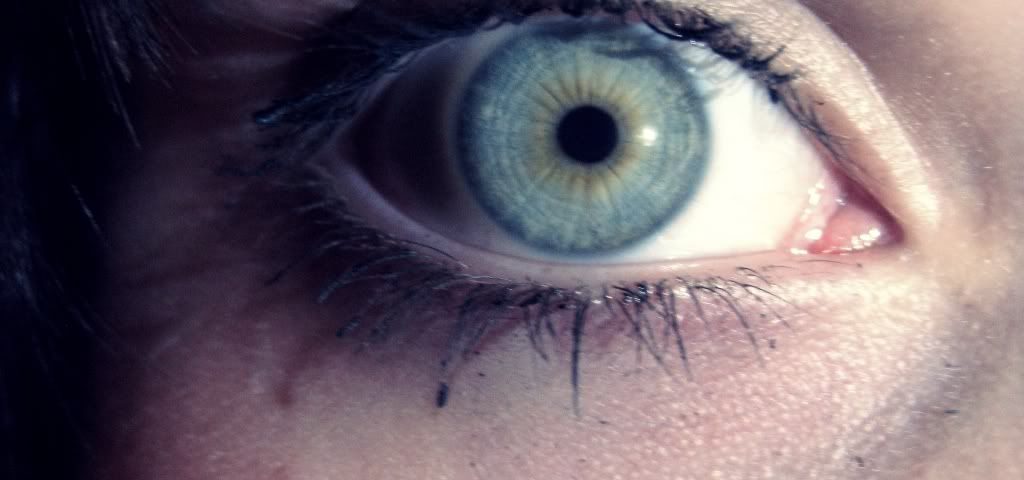White spots in the field of vision, called vitreous opacities or floaters, may be associated with worse neurological symptoms in people with Gaucher disease type 3, according to a small study that recommends comprehensive eye examinations for these patients.
The study, “White vitreous opacities in five patients with Gaucher disease type 3,” was published in the American Journal of Medical Genetics.
GD is caused by mutations in the GBA1 gene, which lead to insufficient activity of the beta-glucocerebrosidase enzyme and accumulation of a lipid (fat) called glucocerebroside in cells. The disorder is classified in three types based on the absence (type 1) or presence (type 2 and type 3) of symptoms affecting the central nervous system (consisting of the brain and spinal cord), and on when clinical signs develop.
Abnormalities in the interior lining of the eyeball, called fundus, are most often described in patients with Gaucher disease type 3 (GD3), including vitreous opacities (particularly spots or lines) in the field of vision.
Researchers at the National Institutes of Health (NIH) evaluated whether these eye abnormalities correlated with other manifestations of GD3.
They reviewed the records of 40 patients with GD3 followed at the NIH, five of whom had white vitreous opacities.
Further evaluation revealed that all five had the same mutation — known as p.L483P/p.L483P — in the GBA1 gene. This is the most common genetic profile in people with GD3.
In addition, the five patients shared abnormal enlargement of the liver and/or spleen and significant bone involvement, which included kyphoscoliosis (abnormal spine curvature), lesions, and fractures.
The ocular abnormalities correlated with neurological symptoms, which included seizures, hearing loss, tremor, and cognitive delay. These neurological manifestations were more severe than those detected in the other GD3 patients without vitreous opacities.
The researchers found that all five patients had decreased visual acuity, which was correlated with more severe white vitreous opacities.
“Thus, patients with GD3 who present with worsening visual acuity may also have white vitreous opacities and should have detailed eye examinations,” the researchers wrote.
Two patients underwent splenectomy (surgical removal of the spleen) before starting on enzyme replacement therapy (ERT). All five were treated with ERT at various ages (18 months to 10 years) and for different durations after diagnosis. Yet, they developed or experienced worsening of the white opacities.
ERT is unable to cross the blood-brain barrier — a highly selective membrane that shields the central nervous system from systemic blood circulation — which makes it ineffective for neurological symptoms. In addition, it may not reach the eye’s retina due to the blood-retinal barrier, the team said.
“Since the development of the white opacities appears to correlate with neurological disease progression, they may provide a valuable biomarker for tracking disease severity,” the investigators added.
“Comprehensive eye examinations, including but not limited to a dilated retinal exam, should be recommended for patients with GD3,” they wrote.


